For our journey, the process of driving demands that we should always be in the correct road position to suit the traffic conditions and our intended route.
Traffic signs, along with road markings are rather like punctuation, they help us to the read the road ahead.
We are concentrating, working out where we need to be. We remember that courtesy and consideration is needed on public roads. We share the roads with other traffic. Other traffic is people like us, who also want to go somewhere.
Traffic signs play a vital role in directing, informing and controlling road users’ behaviour in an effort to make the roads as safe as possible for everyone. This makes a knowledge of traffic signs essential. Not just for new drivers or riders needing to pass their theory test, but for all road users, including experienced professional drivers.
Keeping up to date – New road signs conveying new messages and in new formats are introduced from time to time, so drivers or riders who passed their driving test a few years ago need to keep up to date or run the risk of failing to understand or comply with recently introduced signs.
How much do you know about traffic signs? Check your knowledge with this multiple choice quiz …
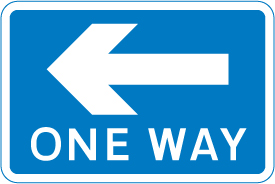
One-way traffic is where traffic moves in a single direction. This sign is designed to direct vehicles to move in one direction only. It should be compared with the circular sign “Ahead only” which means that you cannot turn to the left or to the right.
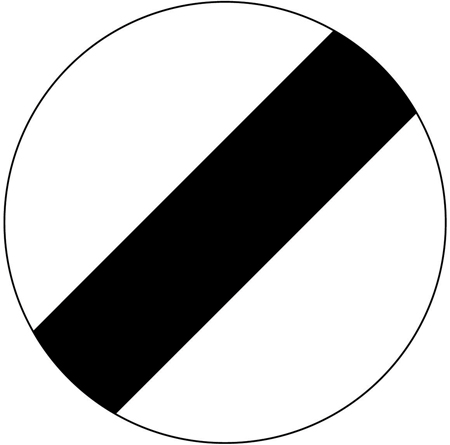
When you drive out of a built up area and see this traffic sign, then the “National speed limit” apples. This varies for different vehicles and types of road. For instance, on a two way country road the limit for a car is 60mph, a large van and a lorry it would be 50mph.
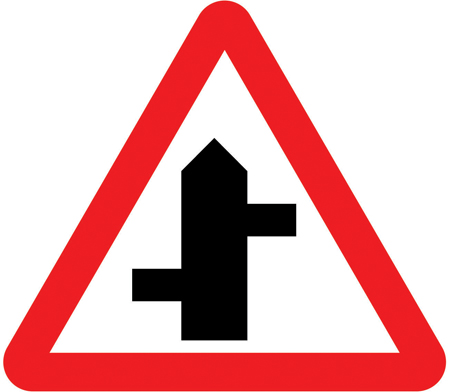
This is a traffic junction where offset side roads meet a main road. The roads are a short distance apart, so they do not all come together at the same point.
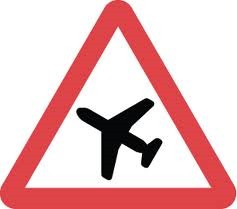
You may be approaching an airfield or airport of any size where you see this warning sign. Whether it is a jet or a propeller engine there can be noise from when it is taxiing on the ground, taking off, landing or in flight. You may also notice that any street lighting is at a lower level where flight path is over the road.
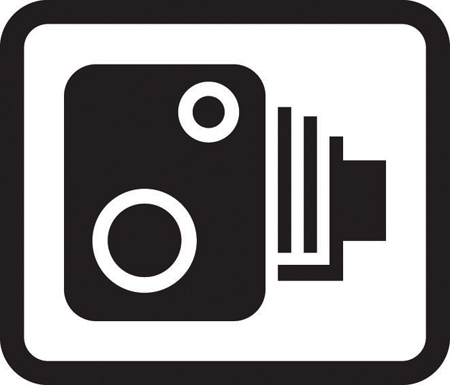
This traffic sign reminds drivers that cameras are in use that may photograph speeding vehicles, red traffic light violations, unauthorized use of a bus lane and also recording vehicles inside a congestion charge area.
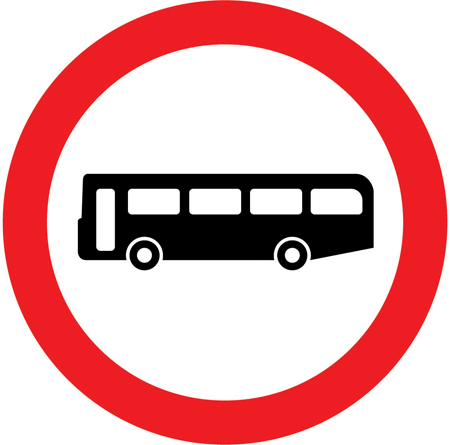
Red rings or circles tell you what you must not do. This sign prevents mini-buses and buses from entering the road.
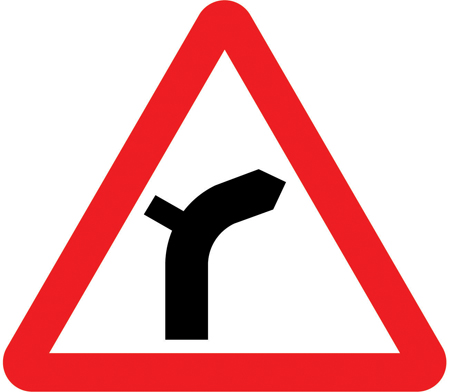
In addition to the warning signs for bends to the right or left, this sign warns of the additional danger, ie that there is a junction on the bend. Any driver that is emerging from that junction may not be able to see you, so be prepared to slow down more. You need to be able to stop on your side of the road, in the distance you can see to be clear.
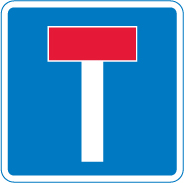
This sign is rectangular in shape, therefore it is an information sign. It informs all road users that this is a “No Through Road”.
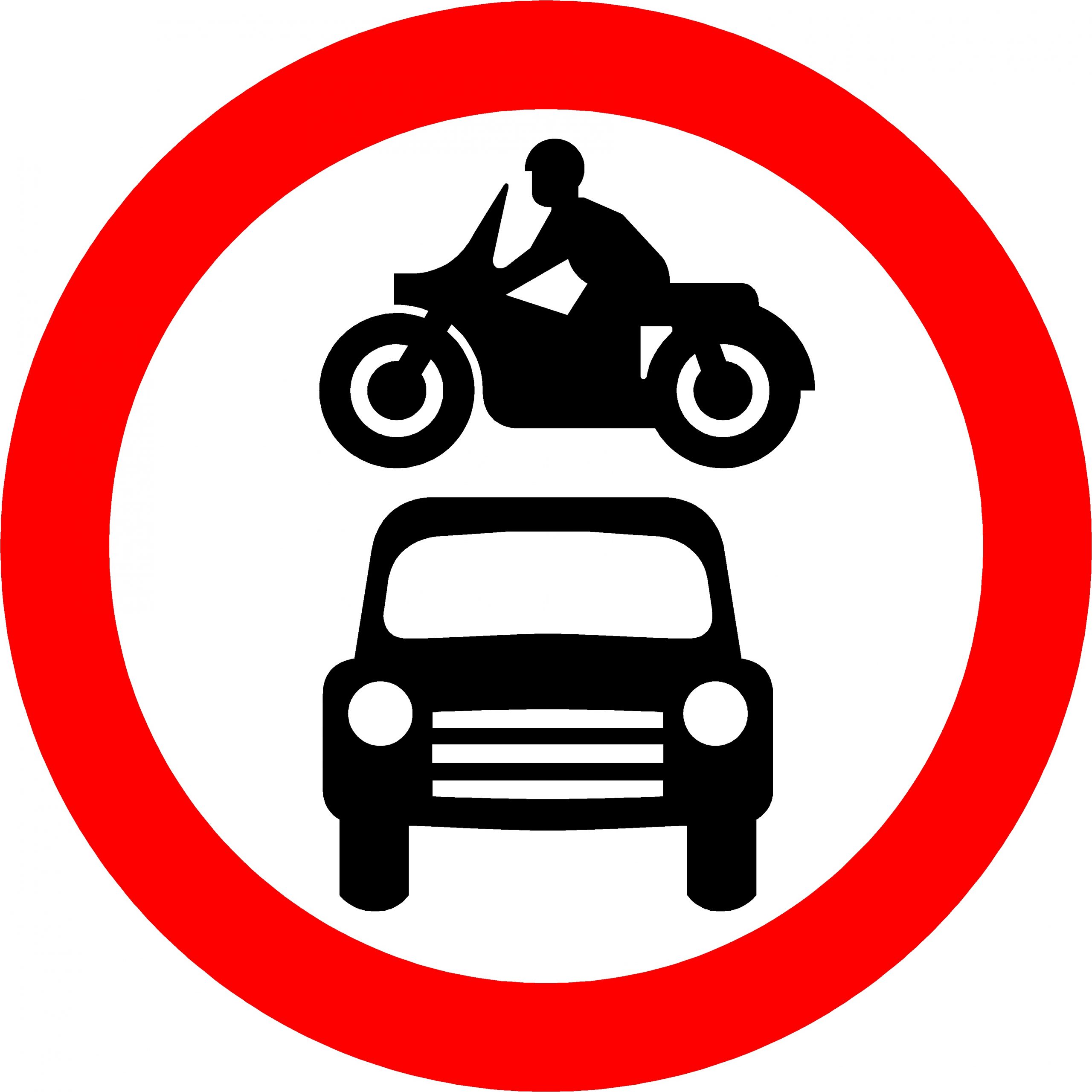
Red rings or circles tell you what you must not do. This sign prevents motor vehicles except solo motorcycles from entering this road.
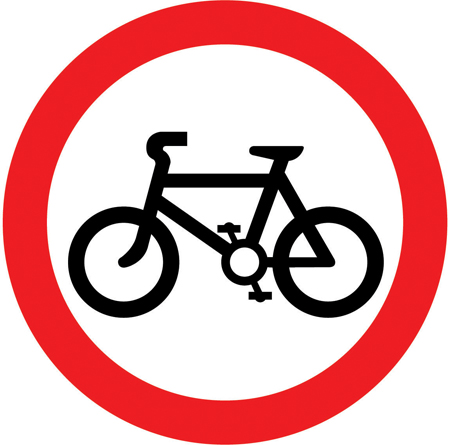
Red rings or circles tell you what you must not do. This sign prevents pedal cycle users from entering the road.
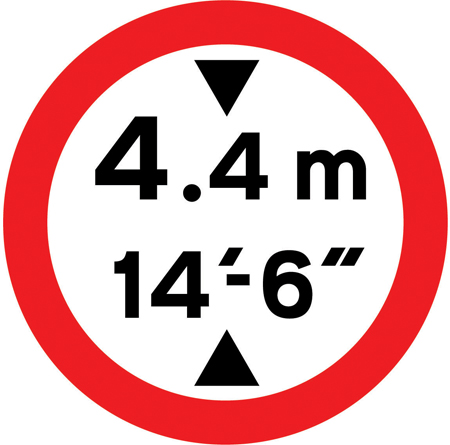
Red rings or circles tell you what you must not do This sign prevents vehicles over the height shown from entering the road.
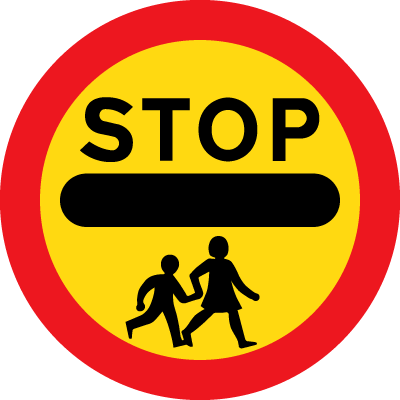
When used by a “lollipop” school crossing patrol, drivers must stop and allow children to cross.
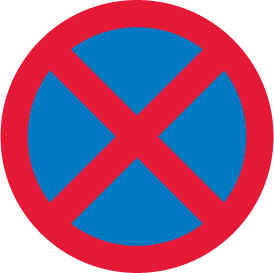
The red cross means Stop. Within the red circle it means no stopping, not even to pick up or set down passengers. The prohibition of stopping applies only to the main carriageway, usually on primary traffic routes. Normally you can stop in a lay-by unless there are signs to say otherwise
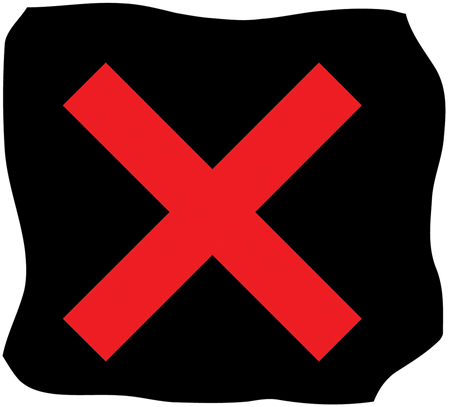
The red cross means "stop". When you see this sign lit about your lane, for instance, on a motorway, that lane is closed and you must not proceed any further in that lane.
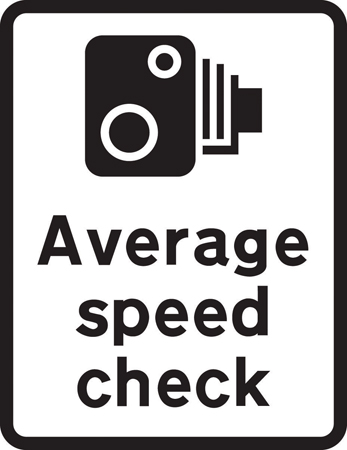
Your average speed can be electronically calculated by dividing your distance travelled by the time taken to pass two points. In the length of road ahead, at least two cameras will make an average speed check.
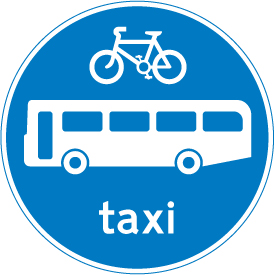
A blue circle generally gives a mandatory instruction. In this case the sign indicates a route only available to buses, pedal cyclists and taxis.
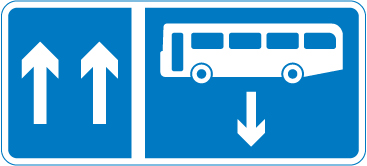
Apart from motorways, blue rectangular signs are used to give information. In this case, a contraflow bus lane, where the driver or rider can expect buses to approach from the opposite direction
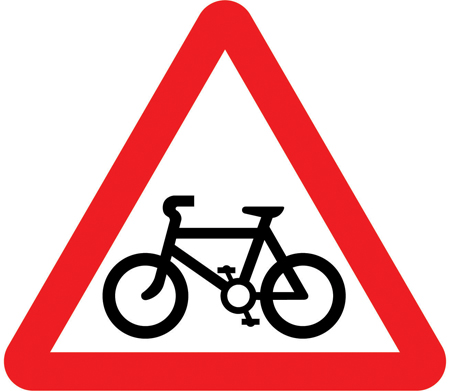
Triangular signs are always red. They warn drivers and riders of a hazard ahead. In this case, the hazard is a “cycle route”.
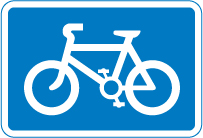
Blue rectangular signs are used to give information. In this case, the information is aimed at pedal cyclists. The sign informs them of a “cycle route”.
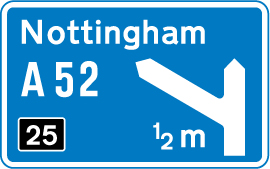
You will see this type of sign when driving on motorways. The first sign on the approach to a motorway junction gives the distance to the exit, normally this is a mile. The sign featured here is the second sign, giving the distance to the exit as half a mile. Both signs show the junction number on a black background.
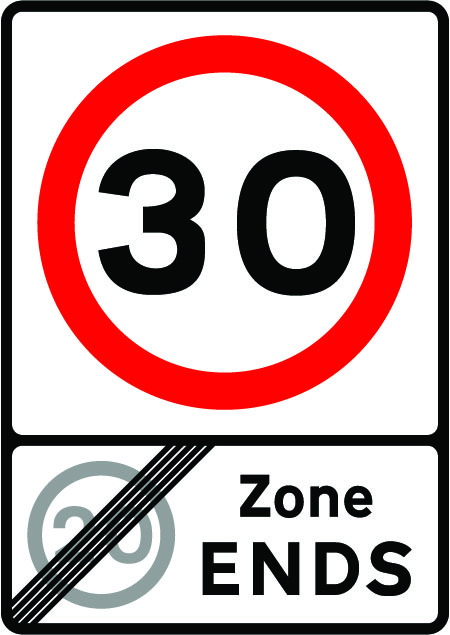
This traffic sign informs drivers and rider of the end of the 20 mph speed restriction and the start of a 30mph speed limit.
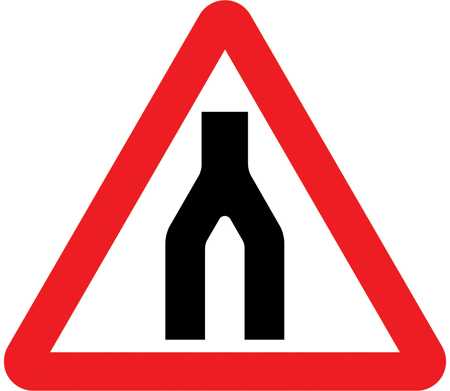
Triangular signs are always red. This sign would be located on a dual carriageway, before it ends and becomes a two way road. Take care not to confuse this sign with warning for “road narrows both sides”.
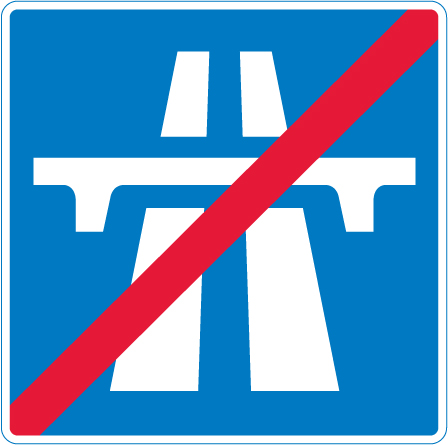
This blue rectangular sign indicates the end of motorway regulations. It is located where the motorway ends on either the main carriageway or exit slip road.
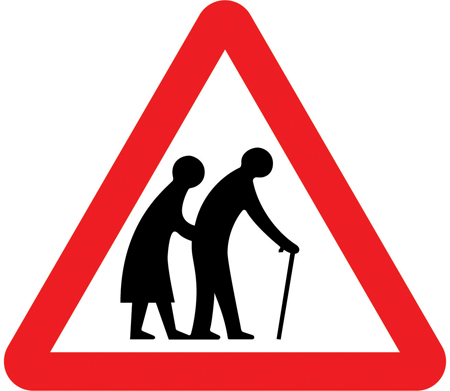
Triangular signs give warnings and they are always red. This sign would be located in an area where frail people are likely to cross the road. They need to be given more consideration by allowing then more time

Red rings or circles tell you what you must not do. In this case you must not proceed where there is approaching traffic. This sign may be located at a site where there are traffic calming measures or where the road or bridge is very narrow
